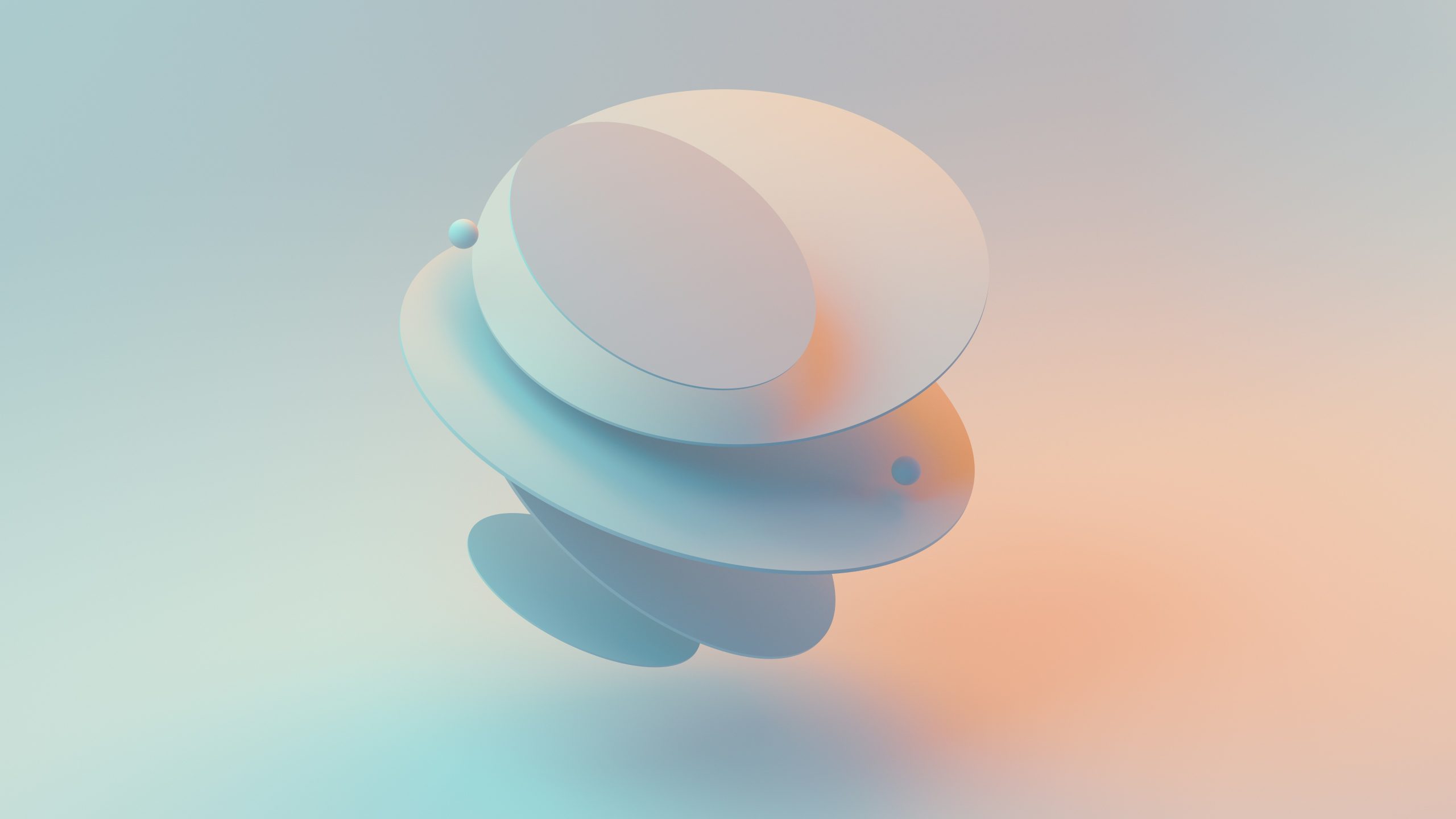Are Aura Migraines Dangerous? Facts You Should Know

Hey there, amazing readers! 🖐️ Just a quick note: yes, we know there are a lot of ads here. Trust us, we get it—it’s not the prettiest look, but they help us keep this blog alive and kicking. Those pesky little ads cover the costs of all the behind-the-scenes magic, from hosting and tech stuff to creating content we hope you’ll love.
We’re committed to delivering quality posts, and your support (even just sticking around despite the ads) means everything to us. So, bear with us, and thanks for helping us keep the good vibes rolling. Now, on to the fun stuff! 😉
TRANSLATE BUTTON AT THE END OF THE ARTICLE
A Quick Overview
When I think about migraines, my mind often conjures an image of throbbing pain and a dark, quiet room.
But what about those pesky aura migraines?
If you or someone you know experiences them, you may wonder, “Are these a cause for concern?” Let’s dive into the details about aura migraines.
Together, we will explore their symptoms, risks, and how they can impact your daily life.
By the end, you’ll have a clearer understanding of what aura migraines are and the facts you need to stay informed!
What Are Aura Migraines? A Quick Overview for You!
Aura migraines are a type of migraine characterized by visual disturbances that occur before or during the headache phase.
These disturbances, known as aura, can include flickering lights, blind spots, or even zigzag lines in your line of sight.
Imagine watching a movie where the screen gets all fuzzy—this is somewhat similar to what one might experience.
Typically, aura symptoms can last anywhere from 20 minutes to an hour before the headache begins.
They can also be accompanied by other symptoms such as tingling or numbness in one side of the face or body.
While they may sound dramatic, aura migraines are more common than you might think, affecting approximately 20-30% of individuals who suffer from migraines.
The important thing to remember is that not everyone who has migraines will experience aura.
In fact, many have what are called “migraine without aura,” which presents without these peculiar sensory disruptions.
Knowing the difference can help in managing your treatment options.
Common Symptoms of Aura Migraines Explained Simply
When it comes to aura migraines, symptoms can vary widely from one person to another.
Here are some common signs to look out for:
Visual Changes: This is the hallmark of aura migraines.
You might see bright lights, shimmering spots, or even temporary blindness in one eye.
Sensory Disturbances: Tingling sensations, usually starting in the fingers and moving up the arm, can occur.
Speech Difficulties: Some people may find it hard to speak clearly or may even slur their words.
Weakness: You might experience temporary weakness on one side of the body, leading to difficulty with coordination.
Feeling Dizzy or Lightheaded: This sensation can happen alongside the other symptoms.
I often think of these symptoms as unwelcome guests who decide to make a surprise appearance.
They can be alarming, particularly if you’re not prepared.
It’s crucial to recognize these signs early so you can take action.
Aura vs. Regular Migraines: Key Differences to Know
Understanding the difference between aura migraines and regular migraines is vital for effective treatment.
Let’s break it down:
Presence of Aura: The most significant difference is the aura.
Regular migraines don’t come with these visual or sensory disturbances.
Onset of Pain: Aura migraines usually begin with the aura symptoms followed by headache pain, while regular migraines can hit without any warning.
Duration: Aura can last up to an hour, while regular migraines may not have this prelude and can start abruptly.
Symptom Variety: Aura migraines can include a mix of neurological symptoms, while regular migraines are more focused on the headache itself.
I remember a friend who experienced both types.
She described how frustrating it was to distinguish between the two.
Sometimes, just knowing what you’re dealing with can make a world of difference in managing your triggers and expectations.
Are Aura Migraines Dangerous? Let’s Find Out Together
The question of danger can be daunting.
While aura migraines can be unsettling, they are generally not considered dangerous in themselves.
However, there are a few important points to consider:
Risk of Stroke: Some studies have indicated a slight increase in stroke risk among individuals who experience aura migraines, particularly in those with additional risk factors like hypertension or smoking.
Migraines and Seizures: Aura symptoms can mimic neurological conditions, leading to confusion with seizures.
If you experience unusual symptoms, it’s crucial to consult a healthcare professional.
Underlying Conditions: While most aura migraines are benign, they can occasionally signal an underlying condition.
It’s essential to rule out serious issues.
I always say that knowledge is power.
Understanding these risks helps us make informed decisions and maintain our health.
Understanding the Causes of Aura Migraines Clearly
The exact cause of aura migraines remains somewhat elusive, but several factors seem to play a role.
Here’s what we know:
Genetics: A family history of migraines can increase your likelihood of experiencing them.
If your parents had migraines, you might just be following in their footsteps.
Hormonal Changes: For many women, hormonal fluctuations during menstruation, pregnancy, or menopause can trigger migraines.
Environmental Factors: Changes in sleep patterns, stress, or even bright flashing lights can initiate an episode.
Dietary Triggers: Certain foods and beverages, like aged cheese, alcohol, or caffeine, can be culprits.
I’ve learned that keeping a migraine diary can be incredibly useful to identify triggers.
Tracking your symptoms, activities, and food intake can unveil patterns that reveal potential causes.
Risk Factors: Who Is More Likely to Get Aura Migraines?
Aura migraines don’t discriminate, but certain groups may be more prone to them.
Here are some common risk factors:
Age: They typically begin in adolescence or early adulthood.
Gender: Women are more likely than men to experience migraines, largely due to hormonal influences.
Family History: If migraines run in your family, your chances increase.
Other Medical Conditions: Those with conditions like anxiety, depression, or epilepsy may also experience higher incident rates.
Understanding these factors can sometimes make us feel less alone.
It’s comforting to know that many others share similar experiences.
Aura Migraines and Their Impact on Daily Life
Living with aura migraines can be challenging, especially when they disrupt daily routines.
Here’s how they can impact life:
Work: They can cause missed days or reduced productivity.
The unpredictability can make planning a headache (pun intended!).
Social Activities: Fear of a migraine can lead to avoiding social gatherings or events.
Mental Health: The stress of frequent migraines can contribute to anxiety or depression.
Family Life: They can affect family dynamics; loved ones may struggle to understand what you’re experiencing.
Sharing my personal journey, I’ve often found that expressing my frustrations to friends and family has been a relief.
They may not fully grasp the pain, but they can provide support.
How to Identify Aura Symptoms Before a Migraine Hits
Recognizing aura symptoms early on can help manage and reduce the severity of an impending migraine.
Here are some strategies to consider:
Keep a Journal: Document your aura symptoms to spot patterns.
Look for Triggers: Identify specific activities, foods, or stressors that precede your migraines.
Educate Yourself: Understand the typical duration and types of aura symptoms you experience.
Stay Aware: Pay attention to your body and any unusual sensations.
I’ve found that the more I know about my body and its signals, the better equipped I am to handle migraines.
Tips and Tricks to Manage Aura Migraines Effectively
If you experience aura migraines, here are some practical tips for managing them:
Medication: Consult your doctor about preventive medications or pain relief options.
Rest in a Quiet, Dark Room: This can help alleviate migraine pain.
Stay Hydrated: Sometimes, simple hydration can ease symptoms.
Practice Relaxation Techniques: Techniques like deep breathing or meditation can mitigate stress, a common trigger.
Cold Compress: Placing a cold cloth on your forehead can soothe pain.
I often carry around my favorite lavender oil for its calming properties.
It’s a small thing, but it helps me relax when I feel a migraine creeping in.
When to Seek Help: Medical Attention for Aura Migraines
Knowing when to consult a healthcare professional is crucial.
Here’s when you should consider reaching out:
Sudden Onset: If you experience a sudden, severe headache or symptoms that feel different from your usual aura.
Neurological Symptoms: If you experience weakness, confusion, or difficulty speaking, seek immediate medical attention.
Increased Frequency: If your migraines become more frequent or severe, it’s worth discussing with your doctor.
I once had a scary episode where my aura symptoms seemed more intense than usual.
It was a wake-up call to check in with my healthcare provider.
Better safe than sorry!
Lifestyle Changes That Might Reduce Aura Migraine Frequency
Making some simple lifestyle adjustments can help reduce the frequency of aura migraines.
Here are some ideas:
Regular Sleep Schedule: Maintain consistent sleep habits to avoid triggering migraines.
Healthy Diet: Focus on a balanced diet and avoid known triggers.
Stay Active: Regular exercise can reduce stress and the frequency of migraines.
Limit Caffeine and Alcohol: These substances can lead to dehydration and trigger migraines.
Even small changes, like taking a walk during lunch, have made a positive difference in my life.
Final Thoughts: Embracing Life with Aura Migraines!
Aura migraines can be a hassle, but they don’t have to control your life.
With the right knowledge and strategies, we can navigate through them more easily.
Understanding the symptoms, risks, and potential management techniques is essential for living well with aura migraines.
Remember, you are not alone in this journey.
There’s a community out there ready to support you.
Don’t hesitate to reach out, share your experiences, and learn from others.
Together, we can embrace the challenges and continue to live vibrant, fulfilling lives!

The Enlightenment Journey is a remarkable collection of writings authored by a distinguished group of experts in the fields of spirituality, new age, and esoteric knowledge.
This anthology features a diverse assembly of well-experienced authors who bring their profound insights and credible perspectives to the forefront.
Each contributor possesses a wealth of knowledge and wisdom, making them authorities in their respective domains.
Together, they offer readers a transformative journey into the realms of spiritual growth, self-discovery, and esoteric enlightenment.
The Enlightenment Journey is a testament to the collective expertise of these luminaries, providing readers with a rich tapestry of ideas and information to illuminate their spiritual path.
Our Diverse Expertise 🌟
While our primary focus is on spirituality and esotericism, we are equally passionate about exploring a wide range of other topics and niches 🌍📚. Our experienced team is dedicated to delivering high-quality, informative content across various subjects ✨.
To ensure we provide the most accurate and valuable insights, we collaborate with trusted experts in their respective domains 🧑🏫👩🏫. This allows us to offer well-rounded perspectives and knowledge to our readers.
Our blog originally focused on spirituality and metaphysics, but we’ve since expanded to cover a wide range of niches. Don’t worry—we continue to publish a lot of articles on spirituality! Frequently visit our blog to explore our diverse content and stay tuned for more insightful reads.







